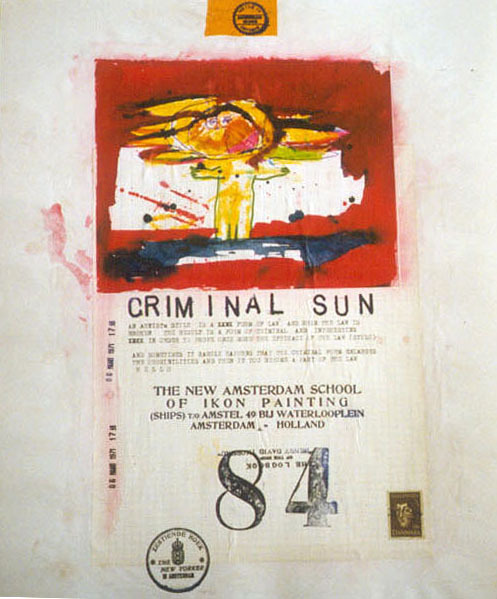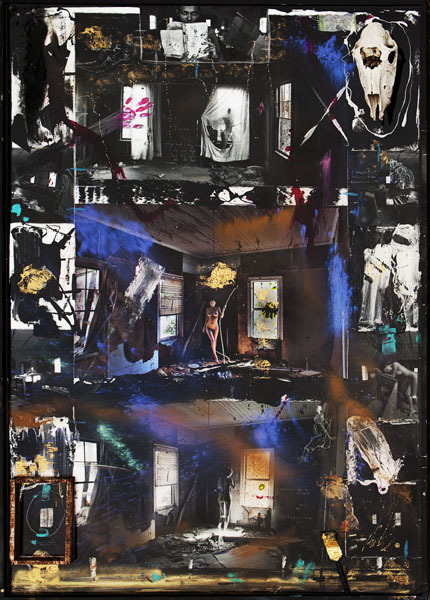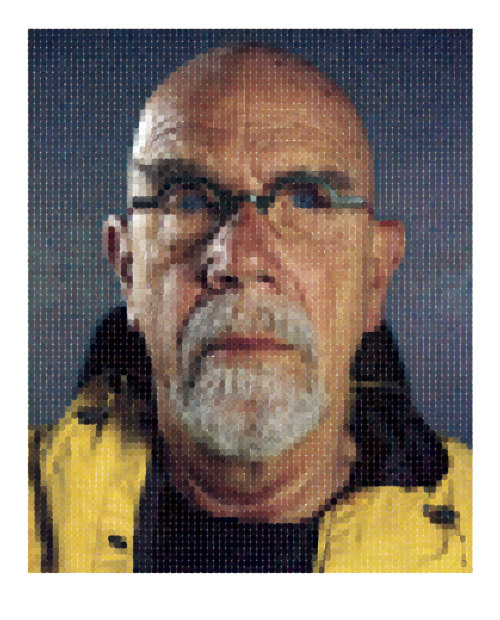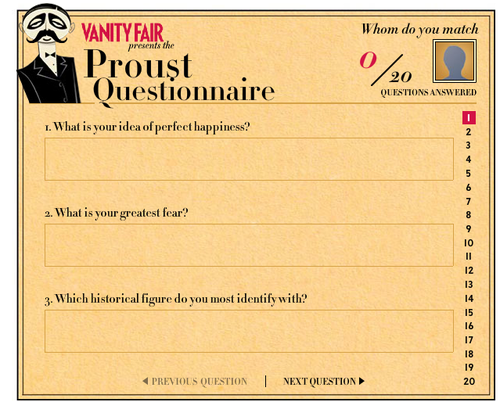
Louise Nevelson, Northern Shores I, Wood painted black, 1966. Timothy Yarger Fine Art. Click to inquire
While men have dominated the artistic profession, women artists have always emerged throughout the century to question the masculine perspective and create art which both embodies and challenges their prescribed feminine roles. FADA’s galleries hold an impressive collection of women artists’ work, including nurturing domestic interiors and intricate floral arrangements which reflect their creator’s gendered and social role during their respective era. 
Holly Hope Banks, American and Iceberg Roses, Oil on canvas. Rehs Galleries. Click to inquire

Anna Katrina Zinkeisen, “Floral,” Oil on canvas. Rehs Galleries. Click to inquire

Lucretia Van Horn, Fruit Vendors, Watercolor and gouache on paper. Douglas Frazer Fine Art. Click to inquire
Their heritage is also preserved and transformed by FADA galleries inventory of innovative and pioneering women artists, including Rosa Bonheur and Louise Nevelson. Bonheur’s represented outdoor scenes of rambunctious horses and Nevelson’s monochromatic and industrial sculptures radically undermine traditional feminine subject matters.

Elizabeth O’Neill Verner, Shanty, Pastel on silk. Surovek Gallery. Click to inquire
Niki De St. Phalle’s wonderful painted polyester pieces again showcases the ingenuity of female artists and their ability to seemingly disregard both artistic and social rules through their work. Today, these traditional trophes are critically used by female artists, both in homage to their art historical counterparts and to comment on the female experience today.

Rosa Bonheur, Sheep Grazing on a Hillside in the Pyrenees, Oil on paper mounted on canvas. Schiller and Bodo European Paintings. Click to inquire

Louise Nevelson, Untitled 40791, wood painted black. Timothy Yarger Fine Art. Click to inquire

Ben Bauer. Grant Township Farm by Moonlight. Oil on canvas laid on panel. Rehs Galleries. Click to inquire.
Although Winter does not officially begin until December 21st, the first of December unofficially commences the preparations for Winter’s festivities. While December weather in Boston is a bit more frigid than Los Angeles’ breezy mid 60 degree temperature, it nonetheless kickstarts a universal nostalgia for Winter coziness: either sitting by the fire, or a simulated yule log on TV.

Rod Penner. House with Yellow Toy. Jonathan Novak Contemporary Art. Click to inquire.
Naturally, the change of seasons inspires artists, whose paintings wonderfully capture the tranquility of a still December snow.

George Gardner Symons. Snow Scene. Oil on canvas. William A. Karges Fine Art. Click to inquire.
These paintings are a much-needed antidote for warmer climates and its inhabitants who don’t experience a “real” Christmas, very much amplifying whimsical ideas of serene snow storms.

Harry W. Newman. Winter in New York City. Oil on canvas. Godel & Co. Fine Art. Click to inquire
Art history’s December very much illustrates a change of mentality, transitioning from the vivacious scenes of communal activity of summer, to solitary, static panoramas of a New England forest. Let FADA’s collection of winter works put you in a snug mood in preparation for the cold season!

Edith Maguire, Monterey Wharf, Watercolor. Trotter Galleries. Click to inquire
As a medium once undermined for its lack of artistic endeavor, watercolors are now independently featured in blockbuster exhibitions. Portable and fuss-free, its materials and paints prescribe a delicate, airy quality to a watercolor work. Perhaps these tools’ tote-ability explains the popular use of watercolors for outdoorsy maritime scenes, where bleeding paints best capture the complexity of colors in the atmosphere. 
(ABOVE) Edmund Henry Osthaus, Dot Rogers, Watercolor. Thomas Nygard Gallery. Click to inquire
(BELOW) Edmund Henry Osthaus, Rod’s Sue, Watercolor. Thomas Nygard Gallery. Click to inquire

Intimately sized, watercolors reveal a more personal, enjoyable artistic process of maximized details unconstrained by the finality of oil paints. Despite its conjuring of a freer strokes, watercolors nonetheless are able to be executed with arduous precision, best exemplified by Ralph Goings’ Gem Top featured in the first post. With an ability to absorb both the paint and mood of a subject, watercolors offer a tranquil perspective. Enjoy FADA‘s wonderful collection of such works.

Romare Bearden, Evening, Watercolor on paper. Jerald Melberg Gallery. Click to inquire

Aaron Siskind. Pleasures and Terrors of Levitation. Photograph. Abby M. Taylor Fine Art. Click to inquire
Life tends to get spookier around Halloween, allowing us to indulge a little more in the superstitions surrounding its supernatural history. With countless horror films being broadcasted throughout the month of October, not to mention the decorative ghosts, gory masks, and witches galore, it seems a safer to avoid the cracks in the sidewalk, black cats, and ladders at all costs (we’ve all learned from Candy Man). However, as we start afresh in November, with all evil spirits safely banished away and only candy left behind, perhaps these superstitions can be embraced with the intervention of art, their ghoulish nature broken down on canvas.
Not so scary after all.

Pablo Picasso. Quatre Hommes en Costume Rembranesque, from the 347 Series, 30 March, 1968, Mougins. Leslie Sacks Fine Art. Click to inquire

Dorothy Dehner. Jacob’s Ladder No. 2. Bronze, rich brown patina. Levis Fine Art. Click to inquire

Fernand Leger. Cirque – Clown with Ladder, 1950. Galerie Michael. Click to inquire

Arthur Grover Rider. Cracked Bottle. George Stern Fine Arts. Click to inquire
…….Now that you’ve made it through this post, consider yourself Superstitious free.
A trip to any retail store will put you face to face with aisles bursting of arts and crafts supplies: patterned paper, colorful pens, jagged scissors. These are the tools of devoted scrap-bookers; the basic necessities for every elementary school project. However, the ability to mix and match different materials to achieve the perfect balance of randomness derives from a fine art tradition.
At the close of the nineteenth century, Avant-Garde artists created art from everyday materials. Artists like Picasso and Hannah Hoch used newspaper and fabric scraps to create collages combining image and text which challenged the established medium of oil painting. While it may take time to decipher the puns and absurdities of some of these pairings, collages and other works of mixed mediums are wonderfully filled with inconsistent textures in devotion to the materials itself, allowing for a raw viewing experience.
Scraping chic. Let FADA‘s collection of collages inspire you.

Benny Andrews. The Beach. Oil and collage on canvas. Vincent Vallarino Fine Art. Click to inquire.

Christo. Av. Champs Elysees, 1992. Leslie Sacks Fine Art. Click to inquire.

Viktor IV. Criminal Sun. Leslie Sacks Fine Art. Click to inquire.

Raphael Mazzucco. Parallels. Rosenbaum Contemporary Gallery. Click to inquire.

Jack Roth, Untitled Collage, Vincent Vallarino Fine Art. Click to inquire.

Chuck Close. Self-Portrait (Yellow Raincoat). Archival Watercolor Pigment Print on Hahnemühle Rag paper. Contessa Gallery. Click to inquire.
In each monthly edition, Vanity Fair closes with its Proust Questionnaire, a deeply prophetic interview with a celebrity. Posing such questions as “What is your idea of perfect happiness” and “What is your current state of mind,” each interviewee’s profound responses almost lose their seriousness with the accompanying caricature. While in art there is no literal text explaining the artist’s decisions or “state of mind,” brushstroke and color- line and silhouette- often expound the artist’s intentions.
Thus, some of their audience’s favorite works are self-portraits, the deepest production of the artist’s genius, a personal revelation which entices viewers just as much as if they divulged in the Proust Questionnaire. Whether representing themselves figuratively, metaphorically, fragmented, or unfinished; an artist’s self-portrait can surmount to their most interesting works; their techniques and practices perhaps finally visualizing their most difficult subject.

R.B. Kitaj. Self Portrait as a Mondrian, 2003. Leslie Sacks Fine Art. Click to inquire.

Jules Pages. “Self Portrait.” Oil on board. George Stern Fine Arts. Click to inquire.

Mary Abbott. Untitled (Self-Portrait). Oil on linen. Vincent Vallarino Fine Art. Click to inquire.
How would these artists (or you) answer the questionnaire?


While Netflix’s second season of Orange is the New Black is inspiring a universal craze for the vibrant color of the inmates’ uniforms, orange has been an established favorite in the artist’s palette. After the nineteenth century invention of paint tubes, artists, like Impressionist favorite Monet, were allowed to paint the natural landscape en plein air and capture the vivid sunset and its colorful lighting effects. Notable American painters inspired by the changing seasons of New England, are indebted to the brilliant pigment and its symbolic significance as a seasonal and geographic indicator of Fall. Whether sprinkled across canvases in the subtle details of tree leaves or exploding as an isolated color in abstract compositions, the color never fails to catch the eye of its viewer. Its bold personality and visual potency makes an equally bold artistic statement: the color itself is a work of art. Until Season 3, enjoy…
(ABOVE) Edward S. Goldman’s Orange, 1969. Mixed Media. David Cook Fine Art. Click to inquire

(ABOVE) Bessie Wessel’s Village St. Tropez, 1929. Oil on canvas. Cincinnati Art Galleries. Click to inquire

Robert Rauschenberg’s Glacial Decoy Series, Lithograph IV, 1980. Lithograph. Surovek Gallery. Click to inquire

Joan Miro’s Gaudi XVIII. Color etching. Galerie Michael. Click to inquire

Alexander Liberman’s Orb XIV. Oil on canvas. Vincent Vallarino Fine Art. Click to inquire

Frederick Becker?s oil on canvas Still Life. George Stern Fine Arts. Click to inquire
For many, Instagram has become another medium for photographic art, perhaps entailing the arduous process of posing the perfect shot. The content of these posts often capture the influence of the art historically rich genre of still life. As the ultimate display of the pose re-worked and artfully arranged, the still life?s prominence dating back to the seventeenth century Dutch Golden Age has always been a creative mechanism to showcase artistic skill through the rendering of the most commonplace household object with precise detail. Similarly, Instagram has glorified the everyday with instant shots personalized by numerous filters to transform the original photo, often comprising the most ordinary accents (flowers, food, shells, etc.) into something spectacular. Please enjoy this selection of still life works and their Instagram contemporaries. 
(ABOVE) Maurice Braun’s oil on canvas Still Life with Red Roses (George Stern Fine Arts) shares a similar compositional set-up with (BELOW) @makingmagique’s Instagram shot. Click to inquire


(ABOVE) Qiangli Liang’s oil on canvas Peony Still Life shares Instagram’s preference for peonies. Arcadia Contemporary. Click to inquire


(ABOVE) Stanton MacDonald-Wright’s oil on canvas Untitled, 1945 (Still Life with Game Board and Wine) captures its subject from an interesting perspective as (BELOW) Instagram’s @parisinfourmonths does in her shot of still life staples and new macaron additions. Abby M Taylor Fine Art. Click to inquire


(ABOVE) An anonymous supermarket provides Photorealist artist, Ralph Goings, with a distant background subject in his 1975 watercolor on paper Gem Top. Jonathan Novak Contemporary Art. To inquire about this work Click to inquire
Photorealist Ralph Goings’ 1975 watercolor Gem Top captures an ordinary run to the supermarket with mesmerizing precision. Set against an asphalt parking lot heated by the California sun, the reflective qualities of the work’s background supermarket opens the space up through its glass windows plastered with advertisements enticing shoppers with such deals as Coffee: $1.69. A quintessential symbol of American consumerism, the supermarket made its way across the Atlantic to inspire Chanel’s recent Spring Collection at the Grand Palais in Paris, where Lagerfeld refurbished the space into a chic Chanel Shopping Center boasting Chanel-ified products such as Coco Flakes. Both Goings and Lagerfeld repurpose the mundane and universal chore of food-shopping into livable works of art, capturing the visual vocabulary of a shopper’s experiences with bold, repetitive signs and functional architectural elements housing aisles of merchandise, or in Gem Tops, rows of parking spaces.

For a brief moment LA Art show visitors found themselves in Italy.
Fine Art Dealers Association (FADA) commissioned Italian-born artist, Mattia Biagi, to create a site-specific artwork in their 2013 LA Art Show booth. Biagi, who lives and works in LA, has had pieces displayed at esteemed art institutions such as the Palais de Tokyo (Paris, FR) and included in the permanent collection of the Louvre Dubai.

At the FADA-founded fair, Biagi transported visitors in his dreamy installation, “The Luck System”: set against a photographic backdrop of Rome’s monumental Trevi Fountain, patrons (tourists) “tossed” coins into the booth.
With a floor dressed by visitors’ wishes and spare change, the booth involved LA’s public to improve its art community. All change collected benefited The Art of Elysium, an organization empowering artists and communities of need to join together and emotionally triumph over their circumstances through art; a donation which FADA matched.

Biagi continues to be a friend of FADA, exhibiting his iconic tar works in FADA Gallery Member Timothy Yarger Fine Art’s booth at the 2016 LA Art Show. Provoking and engaging a thoughtful public, FADA is committed to collaborating with cutting-edge artists and art organizations in their LA Art Show Booth.

Mattia Biagi’s installation at the Timothy Yarger Fine Art booth at 2016’s LA Art Show


















































